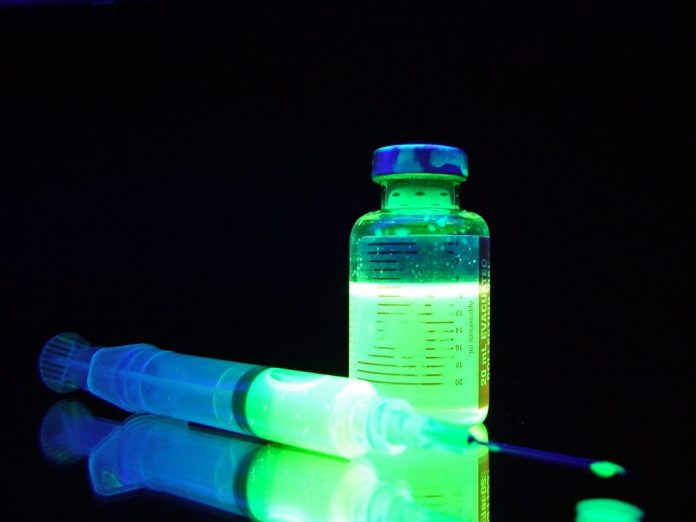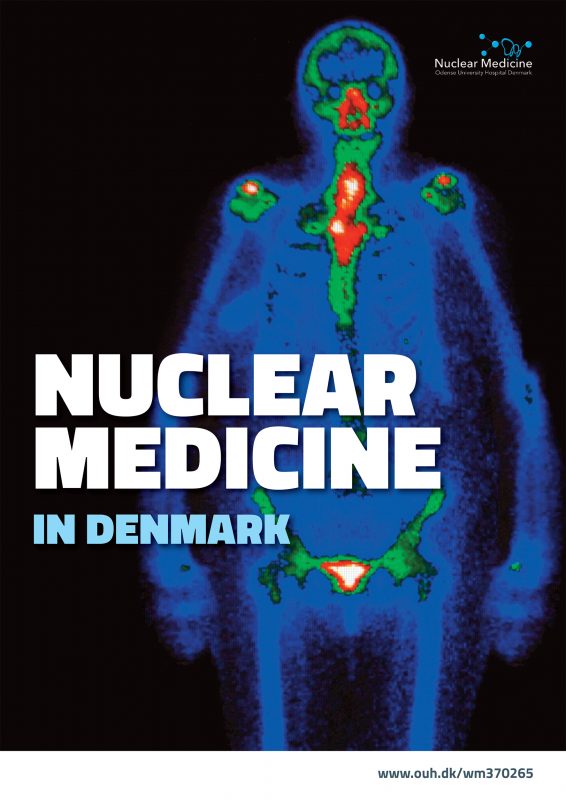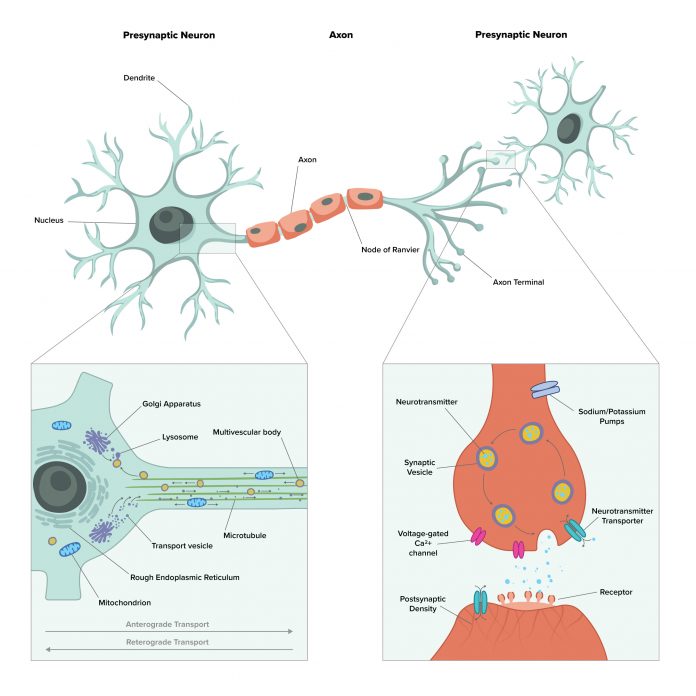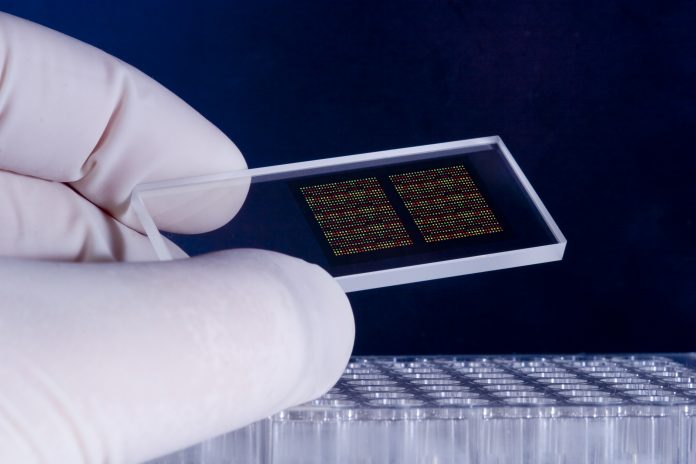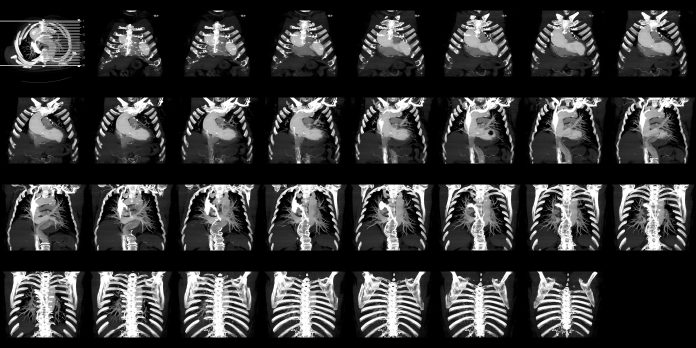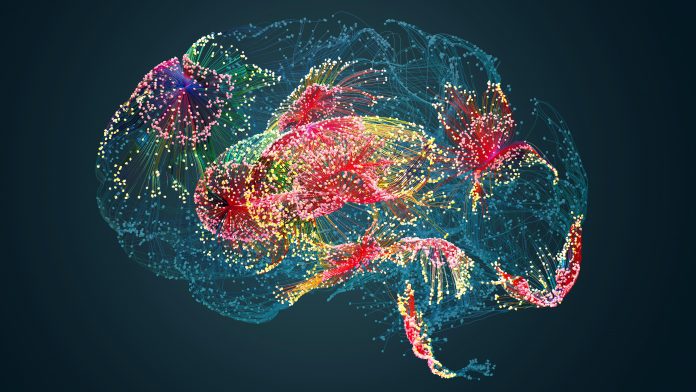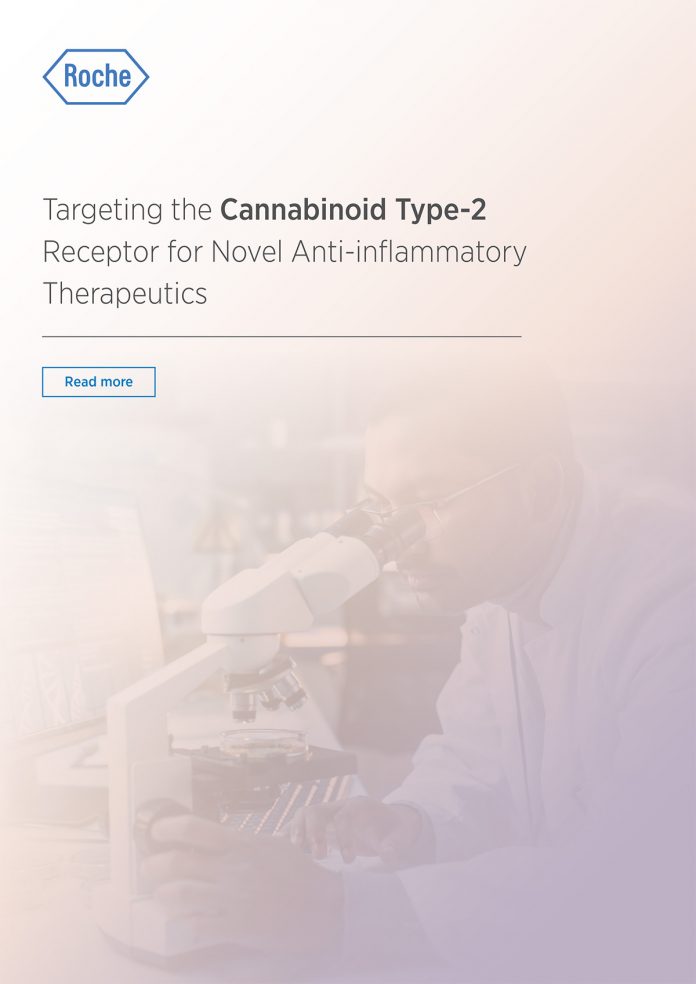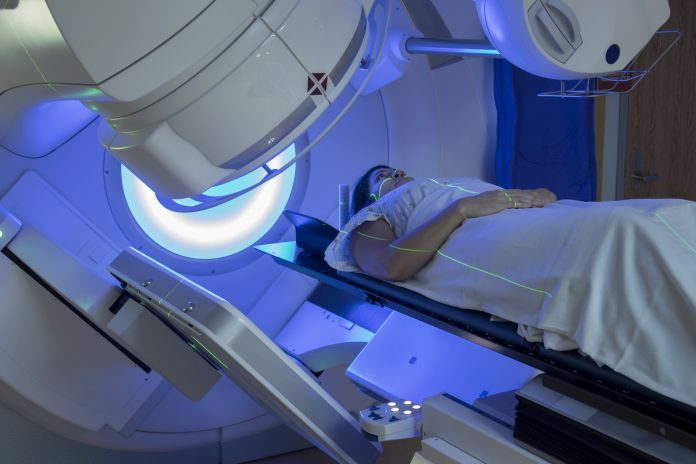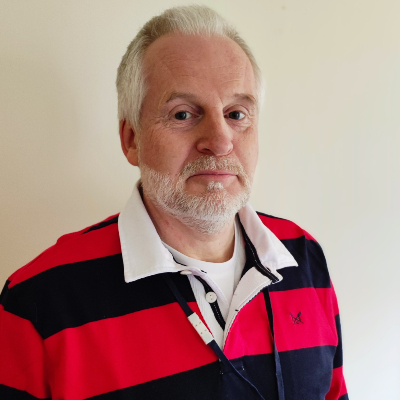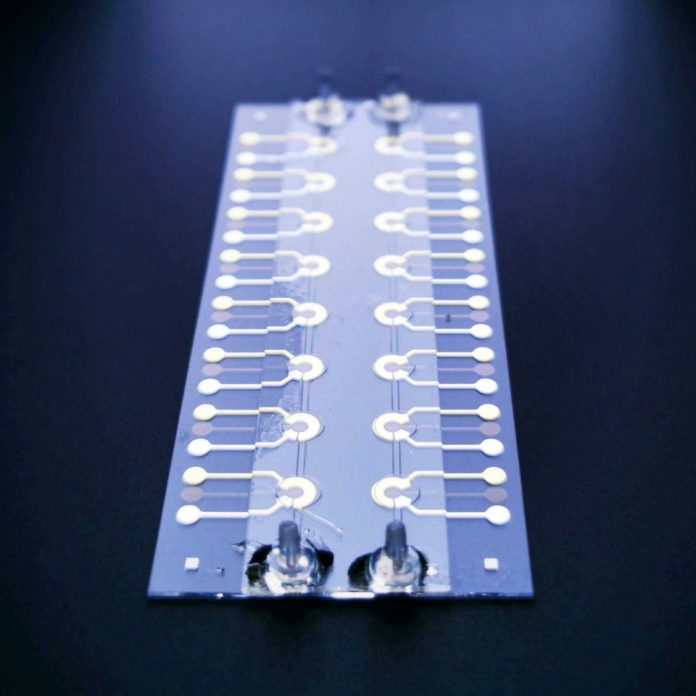Home Search
Molecular imaging - search results
If you're not happy with the results, please do another search
The role of nuclear medicine in modern society
AG spoke to Dr Arturo Chiti, President Elect of the European Association for Nuclear Medicine (EANM) about the role nuclear medicine plays in modern society, and its challenges.
In modern society there are a number of healthcare challenges that researchers are fighting against to find new prevention methods and treatments...
Odense University Hospital, Dept of Nuclear Medicine
Health expenditure has reached above 10% of the gross domestic product in most Western countries with an upward trend indicating that 20% may already be reached in the present decade, unless something drastic can turn the tide (1). Prevention is the vision, but many such efforts remain to translate...
Contribution of oxidative stress to neurodegenerative disease
Paul A. Hyslop, from Arkley BioTek Indianapolis, details an ongoing specific research approach to identify, characterize, and validate physiologically relevant neuronal targets of H2O2 in designing therapeutics for neurodegenerative disease progression.
Moving past animal experiments to understand human neurological disease
Richard J. Miller, PhD, Professor Emeritus of Pharmacology at Northwestern University Feinberg School of Medicine, says that the belief monkeys and other animals are essential for performing translationally useful research for human neurological disease is outdated and incompatible with 21st-century science.
Engineered endosymbionts for cellular control
Christopher H. Contag from the Institute for Quantitative Health Science and Engineering (IQ) at Michigan State University discusses the potential of engineered endosymbionts as biologically encoded remote controls for regenerative medicine.
Microfluidic microbial bioreactors: How studying microbes at the microscale can help empower microbiology
Long before the existence of microbes was known, humans were unknowingly harnessing their power through practices such as brewing, bread leavening, or cheesemaking. These processes extended the shelf life of food, enhanced its nutritional value, and significantly contributed to the advancement of industry and civilization.
The Welfare Foundation of public policies and its implications
The position here is that public policies should, ultimately speaking, be for the promotion of social welfare. What is social welfare? This is the welfare of people in the relevant society (discussing the issue of animal welfare later).
Investigating the underlying biology of asbestos-driven mesothelioma
Inhalation exposure to Asbestos remains the number 1 cause of pleural Mesothelioma, a lethal cancer of the lining of the chest cavity, diagnosed in approximately 31,000 people annually worldwide.
First international meeting towards eliminating paralysis after aortic aneurysm surgery
Professor Hamdy Awad, MD, FASA, from the Ohio State University Wexner Medical Center, examines the dangers of aortic aneurysm surgery and the importance of continued research towards eliminating paralysis.
Progress in development of disease-modifying treatments in Parkinson’s Disease
Henri Huttunen, Chief Scientific Officer, Herantis Pharma Plc, charts progress in the development of disease-modifying treatments for Parkinson’s disease.
Improving cancer therapy using sonoenhancement with acoustic cluster therapy
Sonoenhancement with Acoustic Cluster Therapy (ACT®) improves drug delivery to solid tumors, and by that reduces the necessary doses and side effects.
Targeting the Cannabinoid Type-2 Receptor for Novel Anto-inflammatory Therapeutics
Type-2 cannabinoid receptor (CB2R) is a G-protein-coupled receptor (GPCR) and an essential element of the endocannabinoid system (ECS) [1].
Advancements in how we identify and treat hypoxic cancers
Cancers that are starved of oxygen, otherwise known as hypoxic cancers, are generally difficult to identify – but medical imaging has taken a new step with the MR-Linac scanner.
Michael Schrader – University of Exeter
Michael Schrader, Dept. of Biosciences, University of Exeter, UK
I am a molecular cell biologist interested in the biogenesis and dynamics of cellular compartments (organelles) in mammalian cells. My research is discovery-based and at the interface of modern cell biology and biomedicine.
It focuses on fundamental molecular mechanisms that mediate and...
Visualizing the anti-inflammatory cannabinoid Type-2 receptor
Medicinal chemists describe how small molecule probes allow for the detection of CB2R, and thereby enable the discovery of novel anti-inflammatory treatments.
Discussing early innovation software by example of the PERPL software
Dr Joanna Leng, School of Computing, University of Leeds, UK, presents a project from the fellowship, on the PERPL (pattern extraction from relative positions of localisations) software which analyses super-resolution light microscopy (SRLM) data.
Addressing the chasm in UK cancer care
Stefan Doroszkowski, Managing Director at Amethyst Radiotherapy Group UK, shares his stance on responding to the cancer care crisis, addressing the chasm in UK cancer care.
Challenges bringing CB₂R medicine to bedside
Drug hunters explain how to overcome pitfalls on the way to CB2R medicine and therapeutics.
Microbes on a chip: How microfluidics can help us better understand and engineer electroactive...
Electroactive microbes exchange electrons with their environment for survival.
Increasing blood-brain barrier permeability with Acoustic Cluster Therapy (ACT®) to enhance drug delivery in...
Despite the rising incidence of Central Nervous System diseases worldwide, efficient treatment options for neurological disorders remain scarce. Treatment failures are principally associated with the inability of drugs to pass the highly selective Blood-Brain Barrier rather than a lack of efficacy.


